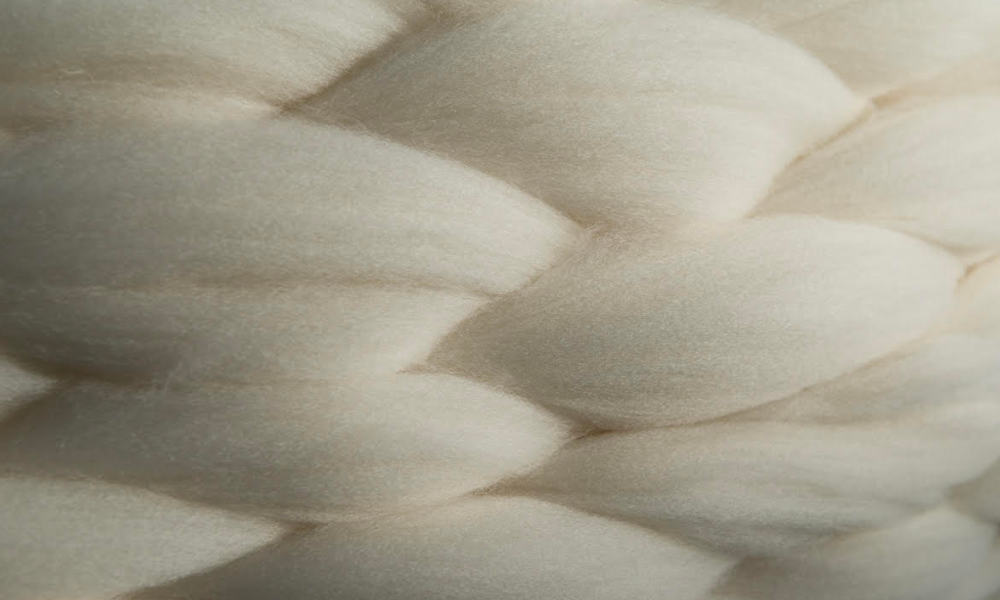Loop on Scouring.
1. What are the pros of a high standard scouring in relation to the properties and quality of the final product?
It is often underestimated just how important it is to wash raw wool properly.
Poorly washed raw wool often contains contaminants such as wool wax and high levels of dirt that are detrimental to the downstream processes.
We often say “wool washing is like the old-style photo negative. Without a good clear negative, you can’t have a good photo”.
2. Have there been any major improvements in the wool scouring sector in the past years?
Over the past decade there has been a real evolution of many small improvements that collectively have changed the face of early-stage wool processing. These range across the entire process from improved blending, opening of raw wool, detergents, water treatment and drying efficiency. It is normal these days for a wool washing line to have less than 5% downtime from mechanical failure. We are regularly in contact with your factory manager discussing plant improvements and efficiencies.

3. What impact has the environmentally friendly movement had on wool scouring?
Much of our development over the past decade has been focused on improving the quality of waste water discharge, reducing fresh water usage, reducing energy usage and improving the quantity and quality of the wool wax recovered. Engraw also focuses of wind power generation, does not burn fossil fuels and treats 100% of it effluent on site. This along with continuous process improvement makes Engraw one of the most environmentally friendly early stage wool processors in the world today.
4. What are the pros and cons of natural fibres versus man made fibres?
There are many well publicised benefits of using natural fibres compared to manmade, so I won’t go into too much detail. However, it is the biodegradability of wool that in the future will be a key reason. Nano plastic is now becoming a major worldwide problem as it is getting back into our food chain.
5. What are your thoughts on up-cycling garments and more specifically on re-cycling wool?
Same answer as above…. I don’t believe there is too much cost effective recycling in any garments these days.
6. Do you think there is any relation between a good scouring and the possibility of a better recycling of the fibre?
No
7. What are your thoughts on the social and economical repercussions of the Covid 19 pandemic on consumer behaviour?
Wool currently sits in the discretionary spending bracket. It is no longer necessary to purchase a woollen garment or floor covering to survive comfortably. So, the question is what fashion garment or new mobile phone or other toys I am going to buy.
Worldwide events like Covid 19 do influence fashion and consumer trends. As we see it, there has been little movement in fashion throughout the Covid times mainly due to lack of international travel and suspension of 4 major textile fairs around the world in the past two years.
Coarse wool price is at an all time low however, fine wool seems to be relatively strong priced. There has been a lot of cash around throughout the pandemic and this benefit sectors in the discretionary spending area. With more people working from home there has been a trend towards more relaxed indoor clothing. This has benefited particularly the woollen casual wear market.